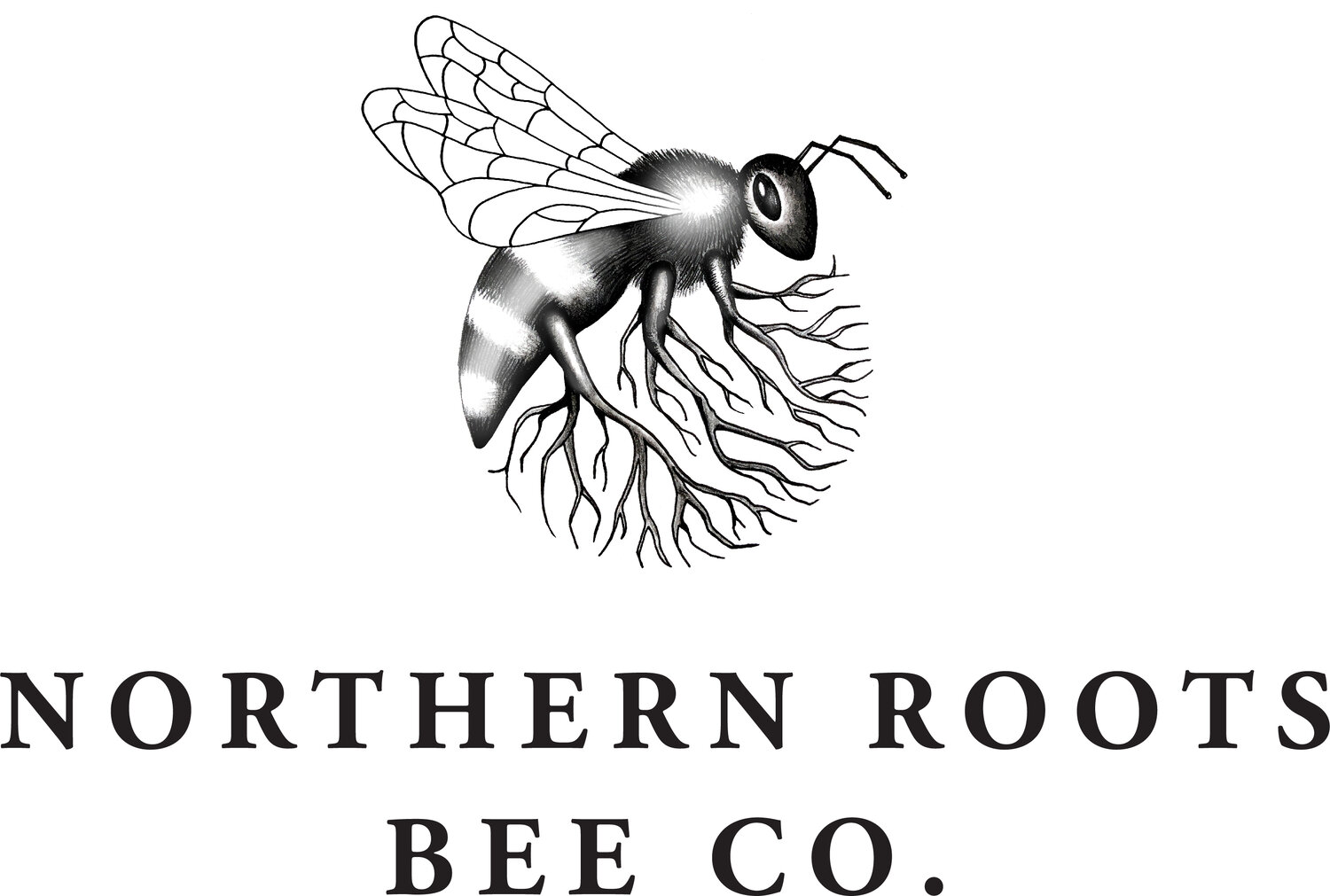Sustainable Beeswax
Beeswax is one of the most valuable byproducts of beekeeping, used for centuries in candle-making, cosmetics, and even medicine. However, harvesting beeswax must be done with the best interest of the bees and sustainability in mind. Unlike commercial waxes like paraffin and soy, beeswax is a natural, renewable resource that, when sourced responsibly, supports healthy hives and creates beautiful products.
How Beekeepers Process and Filter Beeswax
Beeswax is naturally produced by young worker bees, who secrete it from glands on the underside of their abdomens to construct the honeycomb. Over time, the wax darkens as it accumulates pollen, propolis, cocoons, pesticides, and other hive debris. To ensure sustainability, ethical beekeepers only harvest wax that bees no longer need—primarily from older combs and wax cappings removed during the honey extraction process. Beeswax is incredibly resource intense for the bees to produce and a seasonal activity for the colony, and only harvesting beeswax in this way ensures the hive remains intact and the colony continues to thrive. Beeswax production requires significant energy from the bees and is a seasonal activity, so harvesting only the old wax and wax cappings helps to preserve the hive’s integrity and supports the colony’s long-term health.
Step 1: Collecting the Wax
There are two primary sources of beeswax:
Beeswax cappings:
When beekeepers harvest honey, they carefully remove the thin layer of fresh wax cappings that seal the honeycomb cells.
Old Comb:
Over time, bees replace their comb as it becomes dark and brittle. Beekeepers remove these spent combs, giving bees room to build fresh, clean wax.
Step 2: Melting and Filtering
Once collected, the wax is melted down to remove impurities. This can be done in a few different ways. Some beekeepers use a solar wax melter or a double boiler. We put all of our old combs in a big pot and boil it with water. The wax is then strained through fine mesh to remove the old cocoons and other debris. The result is a clean, golden beeswax ready for use in candles, balms, and other products.
Filtered beeswax
Beeswax vs. Other Types of Wax
While beeswax is an all-natural, non-toxic option, commercial candle waxes often come from industrial sources with significant environmental impacts.
Soy Wax
Soy wax is marketed as a plant-based alternative, but its production is far from sustainable. The vast majority of soy wax comes from large-scale monoculture farms, primarily in the U.S., Brazil, and Argentina. These farms contribute to:
Deforestation: Millions of acres of rainforest and grasslands are cleared for soybean production, destroying habitats and reducing biodiversity.
Pesticide Use: Most soy crops are genetically modified (GMO) and heavily treated with pesticides and herbicides like glyphosate, which can harm pollinators, soil health, and waterways.
High Processing Requirements: To transform soybeans into wax, the oil is extracted using chemical solvents like hexane, then hydrogenated to solidify it—an energy-intensive process that contributes to pollution.
Paraffin Wax
Paraffin wax, the most common commercial candle wax, is derived from crude oil refining. While cheap and readily available, paraffin wax has several downsides:
Non-Renewable: Since it’s a petroleum byproduct, paraffin is inherently unsustainable.
Air Pollution: When burned, paraffin candles release toxins like benzene and toluene, which are known carcinogens.
Chemical Additives: Many paraffin candles contain synthetic fragrances and dyes that further contribute to indoor air pollution.
The Benefits of Beeswax
Unlike industrially produced waxes, beeswax is a byproduct of a thriving, regenerative process. Its benefits include:
Sustainable and Renewable: When harvested responsibly, beeswax production supports healthy colonies.
Naturally Purifying: Beeswax candles emit negative ions that help neutralize airborne toxins, improving indoor air quality.
Clean Burning: Unlike paraffin, beeswax burns without releasing harmful chemicals or soot.
Subtle, Natural Aroma: With a mild honey-like scent, beeswax candles require no artificial fragrances.
A frame of freshly secreted beeswax




